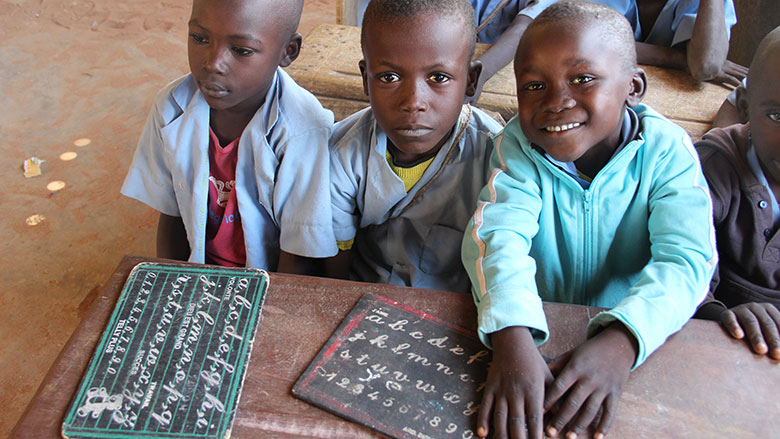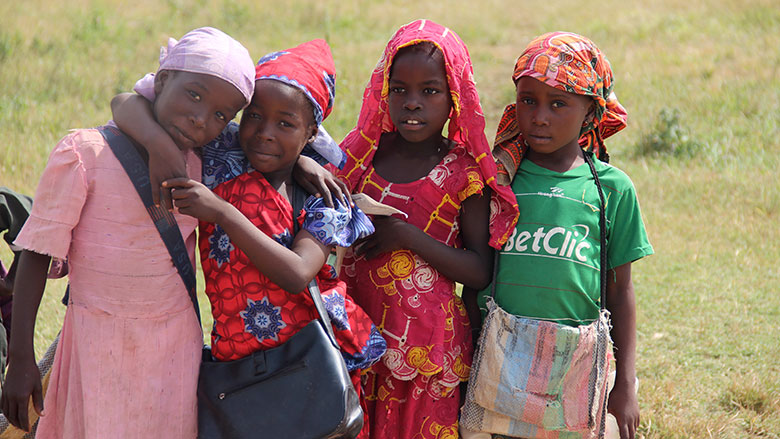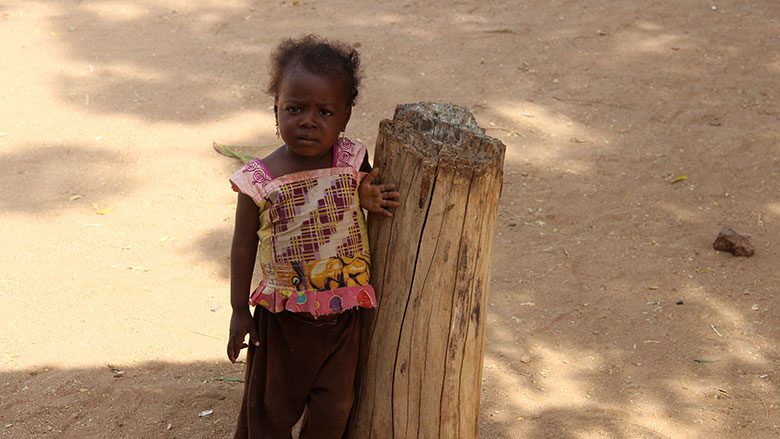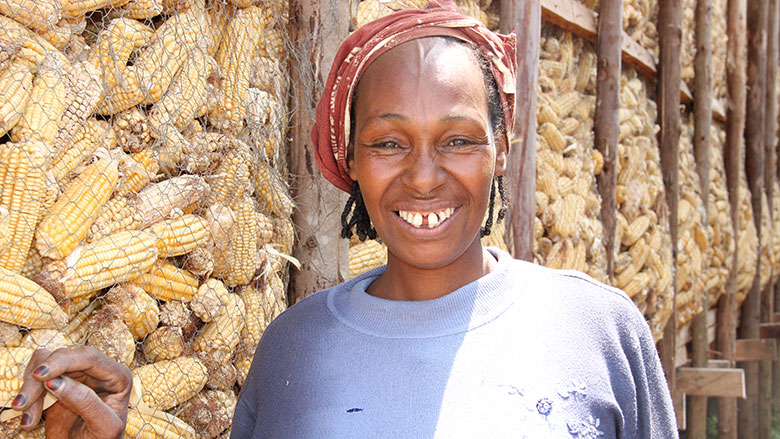Challenge
Cameroon’s growth performance has strengthened in recent years and shown resilience through the oil price crisis, with GDP growth accelerating from 4% in 2011 to 6.2% in 2015, and expected to continue at that level from 2016 to 2018. This performance, however, has relied heavily on an ambitious public investment program, which will become increasingly difficult to sustain, and not enough on private sector-led growth. Fiscal deficits have recently increased to around 5% of GDP and caused public debt to rise to 30% of GDP. Public debt is projected to increase further in the next years, which, combined with lower oil export revenues, led to the recent downgrading of the debt sustainability assessment (high risk in the November 2015 DSA). Strong economic growth has not translated into poverty reduction (because in part of high population growth but also of high spatial and social inequities). Poverty rates have hardly decreased between 2001 and 2014, from 40.2 to 37.5%, with striking and increasing regional disparities: the rural regions of the Far North and the North have poverty levels of 72% and are home to 55.8% of the poor, whereas in urban areas poverty is at 4.8% (3.2% of the poor). Cameroon has not met any of the Millennium Development Goals (MDGs), with the exception of the MDG on primary school enrollment.
Going forward Cameroon needs to address these challenges. First, it needs to stimulate private sector-led growth, which will require an improved business environment and sector governance, lower cost of inputs (e.g. energy, transport, telecoms) and a better educated workforce. Second, while a major infrastructure effort is required and will help private sector growth, public expenditure needs to be managed more strategically and efficiently, and rely to a larger extent on complementarities with the private sector. It will also be key to maximize the benefits of the infrastructure effort through relevant sector reforms. Finally, specific poverty reduction efforts should be undertaken to address the multiple poverty traps affecting the northern regions. Such efforts should target: (i) increasing agriculture yields and production; (ii) improving education and health outcomes; (iii) providing greater access to basic infrastructure; and (iv) providing safety nets until overall conditions can be improved. Weak governance cuts across all these issues and which represents an important development challenge for Cameroon, affecting economic transactions as well as service delivery—and, as such, development outcomes.
Approach
Cameroon’s Growth and Employment Strategy (Document de Stratégie pour la Croissance et l’Emploi, or DSCE, equivalent to a Poverty Reduction Strategy) covering the period 2009 to 2019 is anchored in the Government of Cameroon’s long-term planning document, Vision 2035.
The Bank’s previous Country Assistance Strategy (FY10-14) was aligned with the DSCE and Cameroon’s stated vision and priorities for development. It focused on increasing the country’s competitiveness and improving service delivery. Bank support to improve competitiveness rested on three principal axes: (i) increased infrastructure investment in the energy, transport, and telecommunications sectors; (ii) activities geared toward ensuring the transparent, equitable, and sustainable use of natural resources, including mining, agriculture, fisheries, and protected areas; and (iii) promotion of high potential value chains and improved business climate. Given the important role it plays in improving competitiveness, regional integration is a critical part of this axis.
Bank support to improve service delivery targeted three main areas: (i) human development, to improve educational efficacy and accountability and increase the quality of health services; (ii) social protection, to help develop an effective safety net system based on targeted programs; and (iii) local development, to increase access to basic services through infrastructure upgrading and capacity building for improved local governance. The strategy also had a cross-cutting governance theme. The orientations of the previous strategy have continued to be implemented during a gap period used to prepare a Systematic Country Diagnostic, submitted to the Board in June 2016. The next CPF (FY17-21) is being finalized and will address key challenges identified in the SCD.



